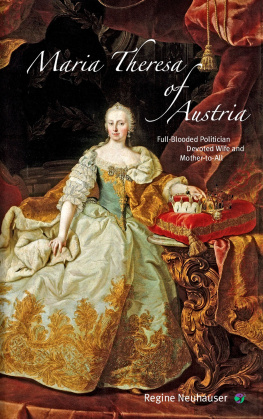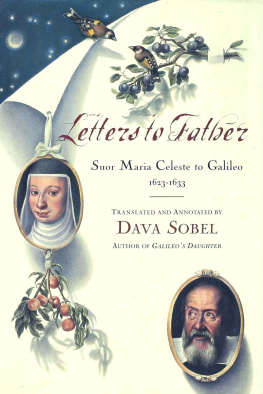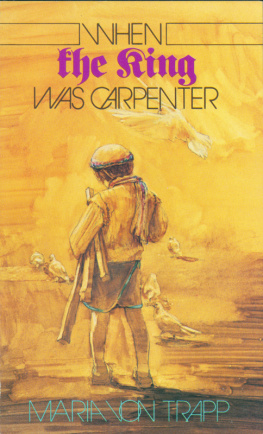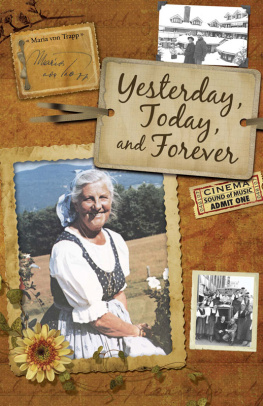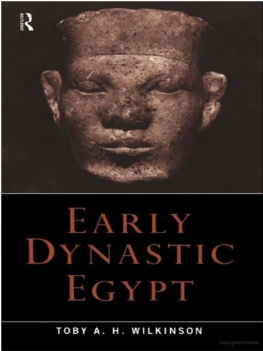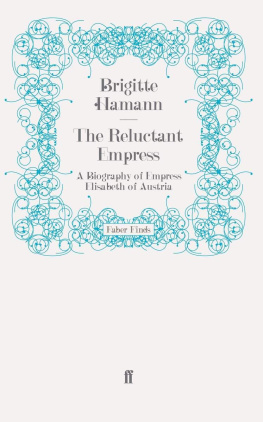MARIA OF AUSTRIA, HOLY ROMAN EMPRESS (15281603)
Maria of Austria was one of the longest surviving Renaissance Empresses but until now has received little attention by biographers. This book explores her life, actions, and management of domestic affairs, which became a feared example of how an Empress could control alternative spheres of power.
The volume traces the path of a Castilian orphan infanta, raised among her mothers Portuguese ladies-in-waiting and who spent thirty years of marriage between the imperial courts of Prague and Vienna. Empress Maria encapsulates the complex dynastic functioning of the Habsburgs: devotedly married to her cousin Maximilian II, Maria had constant communication with her father Charles V and her brother Philip II while preserving her Spanish background. Her unique intertwining of roles and positions allows a fresh approach to female agency and the discussion of current issues: the rules of dynastic entente, the negotiation of discreet political roles for royal women, the reassessment of informal diplomacy, and the creation of dynastic networks parallel to the embassies.
With chronological chapters discussing Empress Marias roles such as infanta, regent, Empress, and a widow, this volume is the perfect resource for scholars and students interested in the history of gender, court culture, and early modern Central Europe.
Rubn Gonzlez Cuerva is Permanent Scientist at the CSIC, Madrid. He has published on the diplomacy and courts of the Habsburgs, including Baltasar de Ziga, una encrucijada de la Monarqua hispana (2012) and (with Alexander Koller) A Europe of Courts, a Europe of Factions (2017).
Lives of Royal Women
Series Editors:- Elena Woodacre,
Louise Wilkinson,
This series features academic, yet accessible biographies of royal women consorts, dowagers, royal mothers, and female sovereigns inclusive of all periods, cultures and geographic regions. These biographies include a deep engagement with the premise of queenship studies and the exercise of the queens office (or equivalent), in addition to covering the lives of particular women. The series is divided into three sub-strands: Queens of England (blue), Queens and Empresses of Europe (purple), and Royal Women of the World (red).
Maria of Austria, Holy Roman Empress (15281603)
Dynastic Networker
Rubn Gonzlez Cuerva
First published 2022
by Routledge
2 Park Square, Milton Park, Abingdon, Oxon OX14 4RN
and by Routledge
605 Third Avenue, New York, NY 10158
Routledge is an imprint of the Taylor & Francis Group, an informa business
2022 Rubn Gonzlez Cuerva
The right of Rubn Gonzlez Cuerva to be identified as author of this work has been asserted by him in accordance with sections 77 and 78 of the Copyright, Designs and Patents Act 1988.
All rights reserved. No part of this book may be reprinted or reproduced or utilised in any form or by any electronic, mechanical, or other means, now known or hereafter invented, including photocopying and recording, or in any information storage or retrieval system, without permission in writing from the publishers.
Trademark notice: Product or corporate names may be trademarks or registered trademarks, and are used only for identification and explanation without intent to infringe.
British Library Cataloguing-in-Publication Data
A catalogue record for this book is available from the British Library
Library of Congress Cataloging-in-Publication Data
A catalog record has been requested for this book
ISBN: 978-0-367-64660-8 (hbk)
ISBN: 978-0-367-64659-2 (pbk)
ISBN: 978-1-003-12569-3 (ebk)
DOI: 10.4324/9781003125693
Typeset in Bembo
by codeMantra
DOI: 10.4324/9781003125693-1
In October 1600, Rochepot, the new French ambassador to Madrid, was very happy to speak to the greatest woman in the world, Empress Maria of Austria.
Since the 1990s, the renewed thematic agenda of new political history has emphasised the importance of court studies and gender roles. Royal women in medieval and early modern times, in both the Iberian and Central European theatres, have attracted more attention through the notions of queenship/gynaecocracy, a model of rule based on partnership with the king and greater access to government and power. In the early modern period, there were only a few cases of women holding direct power as proprietary queens or regents. The majority belonged to the category of political consorts, as Empress Maria, operating through discreet recourse to intercession, mediation, and negotiation with the male members of their families, while building their own network.
This shift of attention can be clearly witnessed in popular culture by comparing Jos Saramagos novel The Elephants Journey (2008) with the Spanish TV series Carlos, Rey Emperador (2015). After being awarded the Nobel Prize, Saramago novelised the real story of Suleiman, the Indian elephant which escorted Maria and her husband Maximilian from Valladolid to Vienna in 15511552. Although the role of Queen Catarina of Portugal is well represented in the novel, Maria is not even mentioned by name and the elephant appears as a wedding gift only to her husband! By contrast, Maria is a clearly identifiable character in Charles, a shy but intelligent young woman fully aware of the subtleties of dynastic power.
Nevertheless, we still lack a comprehensive vision of the empress, as the aforementioned studies are limited to short time spans of Marias life and a full biography is not yet available, despite her being the greatest woman in the world in the Renaissance (she was the only Holy Roman empress between 1539 and 1613). There is, by contrast, an extensive and up-to-date bibliography on her closest female relatives, which testifies to the vigour of recent female Habsburg studies. as the glue which kept united (and purely Catholic) both branches of the House of Austria for half a century. By mediating with the princes of the dynasty, she also established relations with royals in France, Poland, and Italy, thus revealing the society of princes at work and the oeconomic foundations for ruling early modern Europe.
The dynastic framework applied in this book naturalises the space of action reserved for Maria in line with current moves to de-exceptionalise the political activity and agency of elite women and in contrast to the misleading image of exceptional figures outside the boundaries that society imposed.
This study, therefore, departs from a micropolitical approach or akteurszentrierte Perspektive (perspective centred on actors).
Following these principles, Empress Maria of Austria had a rich relational capital, which stemmed from a century of imperial rule: she was the daughter of Emperor Charles V (15191556), wife of After becoming a widow, she imposed her decision to return to her native Spain and retire to the Descalzas Reales monastery of Madrid for the rest of her life.
Her case is unique in two ways. On the one hand, she took a lifelong journey from the Spanish to the Imperial court and back again, adapting herself to different power settings. These three clear-cut phases of her life are reflected in the tripartite structure of the book: the young Maria in Spain (as daughter, orphan, and wife), the adult Maria in the Empire (as Queen of Bohemia, empress consort, and dowager empress), and the old Maria back in Spain (as sister, mother, and grandmother). On the other hand, thanks to her influential connections, she built an extensive and long-standing dynastic network whose nature is still debated among historians. The Protestant humanist Johannes Crato von Krafftheim commented that he faced strong opposition at the Imperial court from the Imperial Gynaecium, which was supported by wise priests an elegant way of identifying the empresss entourage without naming it. It will be argued that Maria engaged in a complex game of dynastic communication which cannot be reduced to national dichotomies between factions, as several layers of action and polarisation intertwined in court politics.


